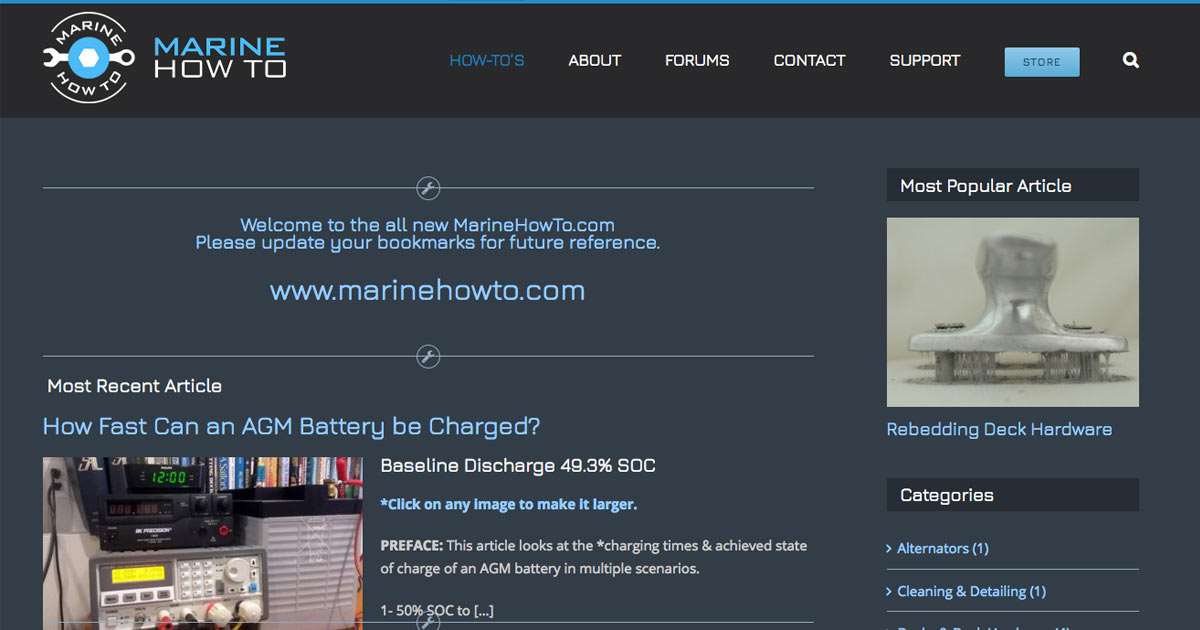Can anyone help me figure things out remotely? My survey said "...mast steaming light in-op." I don't know if there are 1 or more lights on this mast (sorry very new to her and missed a lot). I had to store mast down, and the mast is stored away from the boat (long story) so I can't just look. I also had a "handyman" help with unstepping since I didn't know the 1st thing. Unfortunately I still don't because it was a 3 ring circus and I didn't know anything that was happening. I know he disconnected some wires, and I think a VHF cable but am not really sure.
I am taking a Mulligan on last year (my 1st with this boat) because I underestimated how much I would be taking care of my wife through a couple of eye surgeries. I was unable to get to the boat very much at all. What little I did fix, like the bilge pump wiring tells me I have a lot of very old, brittle, non-marine wiring to deal with.
So here comes the rookie questions. First, how many, and what lights are on the mast? What is the wiring configuration? By which I mean, assume 2 lights is there a single 'hot' wire to each and a common ground (either a wire or using the mast as a conductor) or 2 wires to each light? If I were to guess I'd say 1 light with 2 discrete conductors (+12V & ground), but I didn't see, and my memory is always suspect. The handyman did mumble something about the VHF, suggesting no one uses the masthead antenna anymore, relying instead on their handheld VHF (We're on Lake St. Clair).
Any help is deeply appreciated.
I am taking a Mulligan on last year (my 1st with this boat) because I underestimated how much I would be taking care of my wife through a couple of eye surgeries. I was unable to get to the boat very much at all. What little I did fix, like the bilge pump wiring tells me I have a lot of very old, brittle, non-marine wiring to deal with.
So here comes the rookie questions. First, how many, and what lights are on the mast? What is the wiring configuration? By which I mean, assume 2 lights is there a single 'hot' wire to each and a common ground (either a wire or using the mast as a conductor) or 2 wires to each light? If I were to guess I'd say 1 light with 2 discrete conductors (+12V & ground), but I didn't see, and my memory is always suspect. The handyman did mumble something about the VHF, suggesting no one uses the masthead antenna anymore, relying instead on their handheld VHF (We're on Lake St. Clair).
Any help is deeply appreciated.


